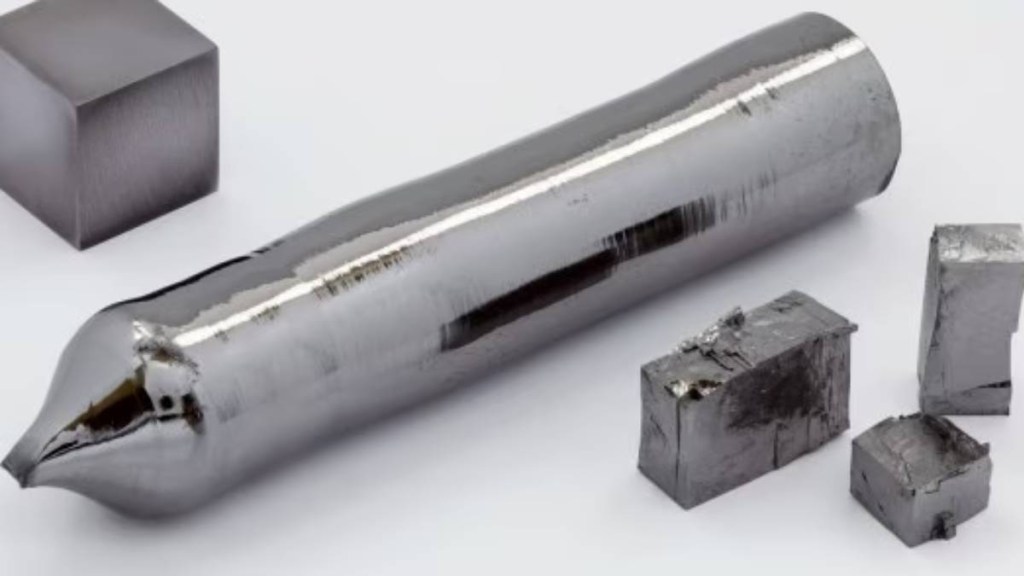A rare metal element, found only in three countries, has found a way in North Indian soil. A team of researchers headed by Dr Resmi Sebastian, assistant professor of IIT Ropar from the Civil Engineering Department recently discovered the presence of Tantalum in the Sutlej river sand in Punjab.
Special properties
Tantalum is one of the crucial elements in producing electronic devices. The element has an atomic number of 73 in the periodic table, meaning 73 protons found in one atom of the element. The physical characteristics of tantalum, grey, hard, and heavy, are the reasons why the element is used to coat other metals.
In scientific terms, the element is ductile, meaning even a small amount can be transformed into thin wire or sheet and when exposed to air, it develops an oxide coating that is exceedingly difficult to remove, even when interacting with strong and hot acid conditions, making it the most corrosion-resistant metals in use today.
According to the US Department of Energy, “it is almost completely immune to chemical attack at temperatures below 150°C, and is attacked only by hydrofluoric acid, acidic solutions containing the fluoride ion, and free sulphur trioxide.”
Additinally, Tantalum alloys are highly strong and have been used for turbine blades, rocket nozzles, and supersonic aircraft nose covers. It has an extraordinarily high melting point, only surpassed by tungsten and rhenium.
Origin
The metal was first discovered in 1802 by a Swedish chemist, Anders Gustav Ekeberg, who initially confused it with niobium elements. It wasn’t until 1846 that Heinrich Rose separated tantalum and niobium and demonstrated definitively that they were different elements, but his tantalum sample was still rather impure, and it wasn’t until 1903 that Werner von Bolton produced pure tantalum.
Use
Due to the above mentioned properties, tantalum is used in the electronic sector especially in portable electronic devices such as smartphones, laptops, and digital cameras. According to the US Department of Energy, tantalum does not react with biological fluids and is used to produce surgical equipment and implants such as prosthetic joints.
Because tantalum has a high melting point, it is frequently used as a cheaper alternative for platinum. The rare metal is also employed in the production of components for chemical plants, nuclear power plants, airplanes, and missiles.
